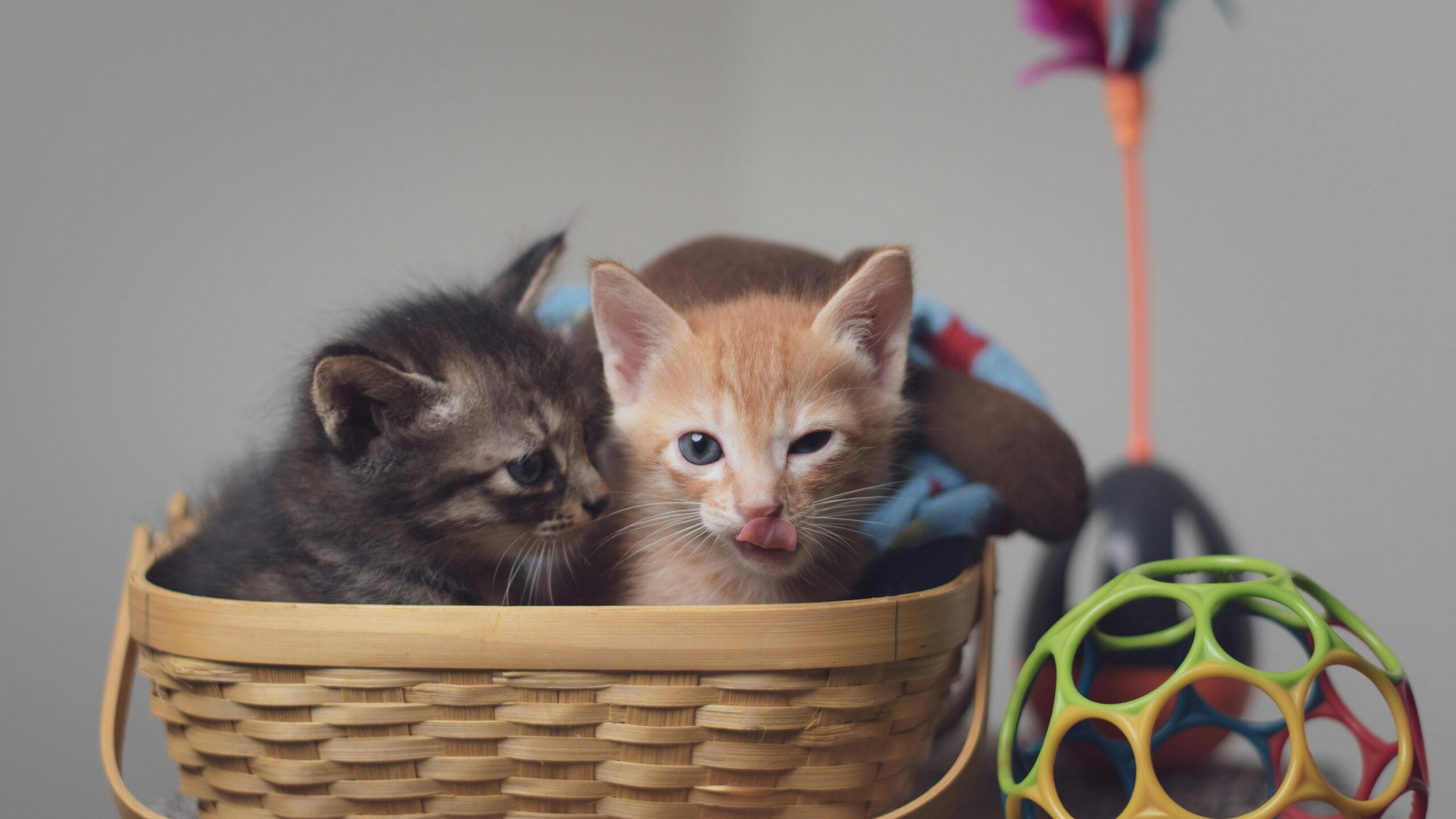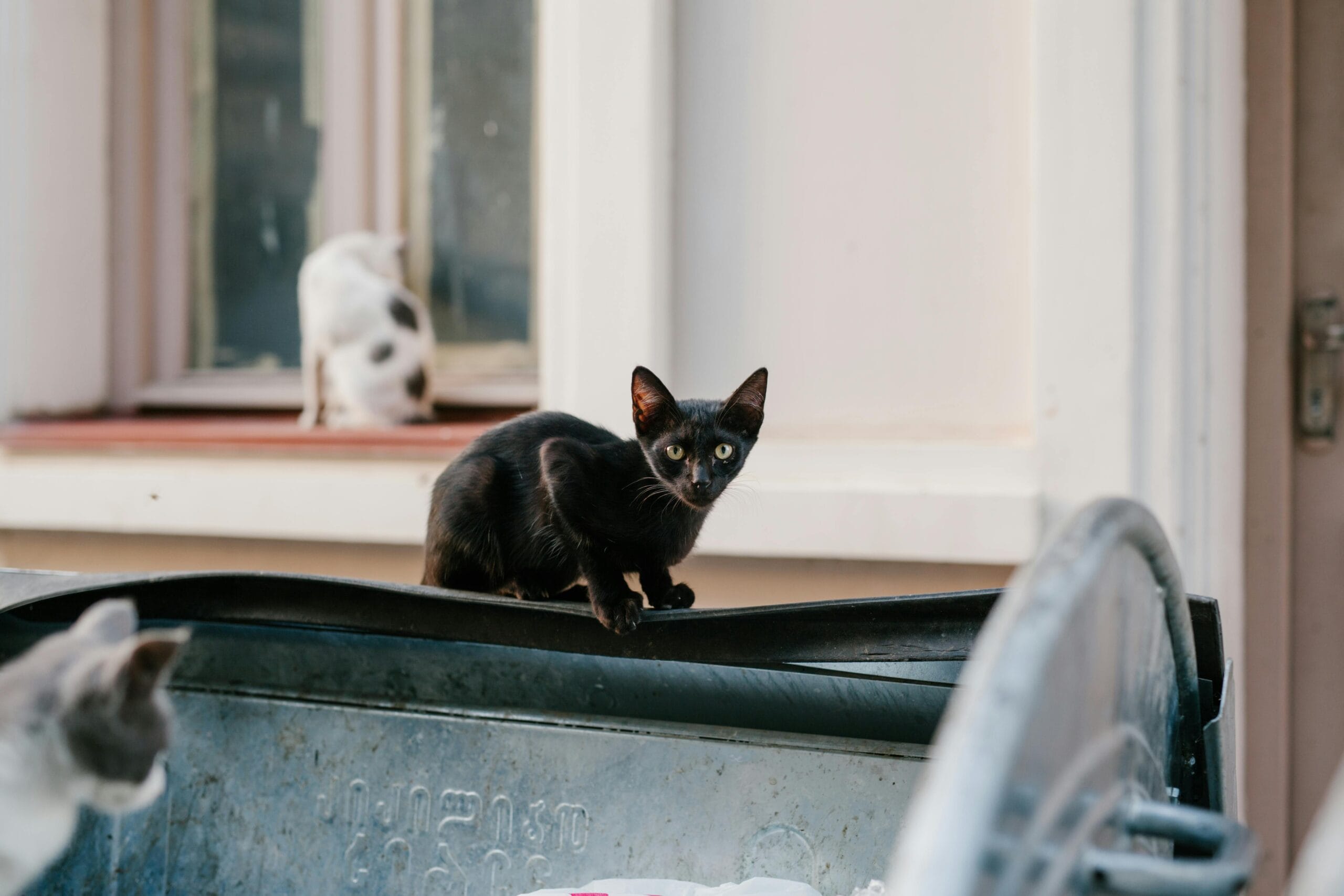How To Bathe A Kitten ?

Learn how to bathe a kitten safely & easily! Our guide covers bathing a kitten, kitten bath tips, and everything you need for a stress-free experience. How to bathe a kitten? Find out now!
How To Bathe A Kitten: A Comprehensive Guide
Bringing a kitten into your home is a joyous occasion, filled with playful antics and endless cuddles. However, maintaining your furry friend’s hygiene is crucial for their health and well-being. While many kittens are naturally clean and groom themselves diligently, sometimes a bath becomes necessary. This comprehensive guide will walk you through how to bathe a kitten safely and effectively, making the experience positive for both you and your feline companion.
Preparing for Your Kitten’s Bath: Essential Supplies and Considerations
Before you even think about submerging your kitten in water, proper preparation is key. A poorly planned kitten bath can quickly turn into a stressful ordeal for both of you. Gather the following supplies:
- Kitten-specific shampoo: Avoid human shampoos, as they can disrupt your kitten’s delicate skin pH balance. Look for a shampoo specifically formulated for kittens, readily available at pet stores.
- Two towels: One large, absorbent towel for drying and a smaller one for scrubbing.
- Warm water: The water should be lukewarm, never hot. Test the water temperature on your inner wrist before using it on your kitten.
- Non-slip mat: Place this in the sink or tub to prevent your kitten from slipping and getting injured.
- Cotton balls or a washcloth: For gently cleaning your kitten’s face. Avoid getting soap in their eyes.
- Treats: Positive reinforcement is essential! Have plenty of your kitten’s favorite treats on hand to reward good behavior.
- Optional: A cup or small bowl for rinsing, a grooming brush, and a helper.
Consider your kitten’s temperament. If they’re particularly anxious or easily frightened, having a helper can be invaluable. One person can hold and comfort the kitten while the other performs the bath. It’s also crucial to choose a time when your kitten is relatively calm and relaxed, avoiding bath time right after a meal or playtime.
Step-by-Step Guide: Bathing Your Kitten
Now that you’re prepared, let’s move on to the actual bathing kitten process. Follow these steps carefully to ensure a smooth and stress-free experience:
1. Getting Started: Wetting Your Kitten
Gently lower your kitten into the sink or tub, making sure they feel secure and supported. Begin by wetting their fur with lukewarm water, avoiding their face and head initially. Use a gentle stream or a cup to wet their fur gradually. If your kitten shows signs of distress, take a break and reassure them with gentle petting and soothing words.
2. Applying the Shampoo: Gentle and Thorough
Once your kitten’s fur is wet, apply a small amount of kitten shampoo to their body. Work the shampoo into a lather, ensuring you cover all areas, but avoid getting it in their eyes, ears, or mouth. Be gentle to avoid irritating their skin. For particularly dirty areas, use your fingers to gently scrub.
3. Rinsing Your Kitten: Removing All Traces of Shampoo
Thoroughly rinse your kitten’s fur to remove all traces of shampoo. Any leftover shampoo can irritate their skin and cause discomfort. Use lukewarm water and be patient, ensuring you rinse every part of their body. It’s very important to rinse thoroughly. Leftover shampoo can cause skin irritations or allergies.
4. Drying Your Kitten: Gentle Towel Drying
Once you’ve rinsed all the shampoo, gently lift your kitten from the sink or tub and wrap them in a large, absorbent towel. Dry their fur thoroughly, paying special attention to areas where water tends to collect. Avoid rubbing vigorously, as this can cause discomfort. Gently pat and squeeze to remove as much water as possible. You can also use a hairdryer set on a low, cool setting if your kitten tolerates it. However, keep it at a distance to avoid burning.
How To Bathe a Kitten: Addressing Specific Concerns
Bathing a kitten might present certain challenges depending on your kitten’s age, breed, or health condition. Here are some tips for addressing specific concerns:
Bathing a Very Young Kitten
Very young kittens (under 8 weeks) typically don’t require baths unless absolutely necessary, as they are still developing their immune system. If a bath is needed for health reasons, it’s crucial to use lukewarm water and a very mild kitten shampoo. You might prefer to use cotton balls to cleanse their faces, making sure to avoid their eyes. Keep the bath brief and ensure they are well-dried afterward. Consult your vet before bathing a very young kitten.
Dealing with a Fearful or Anxious Kitten
If your kitten is fearful of water, try introducing them to the sink or tub gradually before the actual bath. Let them explore the area, and offer treats or toys to build positive associations. During the bath, speak to them in a calm, soothing voice, and offer reassuring strokes. Having a helper can also be immensely beneficial. Remember, patience is key.
Maintaining a Kitten’s Hygiene Between Baths
Even if you’re not giving your kitten a full bath frequently, it’s essential to maintain regular hygiene. Brush your kitten regularly to remove loose hair and prevent mats. Clean their ears gently with a damp cloth and trim their nails as needed. This regular grooming can minimize the need for frequent full baths. For more detailed information on kitten grooming you could read this helpful article from the ASPCA.
When to Consult a Veterinarian
If your kitten has any skin conditions, allergies, or other health issues, consult your veterinarian before giving them a bath. They can advise you on the best approach to maintain your kitten’s hygiene while addressing their specific needs. For detailed information on feline skin health, you can visit the Cornell Feline Health Center website. They offer valuable resources on feline health.
How Often Should You Bathe Your Kitten?
Most healthy kittens rarely need baths. Over-bathing can strip their fur of its natural oils, leading to dry skin and irritation. Unless your kitten has rolled in something particularly messy or has a specific skin condition, a monthly bath should be sufficient. However, regular brushing and spot cleaning are essential for maintaining their hygiene between baths.
The Importance of Positive Reinforcement
Throughout the entire bathing kitten process, remember to use positive reinforcement. Reward your kitten with treats and praise for good behavior. A positive experience will make future baths much easier. Keep the entire experience short and sweet, and always end on a positive note with cuddles and treats.
Post-Bath Care for Your Kitten
After the bath, ensure your kitten is completely dry before letting them run free. A damp kitten is prone to catching a chill. Provide a warm, cozy place for them to relax and rest. Monitor them closely for any signs of discomfort or irritation.
Conclusion: Mastering the Art of Bathing Your Kitten
Bathing a kitten might seem daunting at first, but with proper preparation, patience, and gentle handling, it can become a manageable and even enjoyable experience. Remember to prioritize your kitten’s comfort and well-being throughout the process. By following these steps and considering your kitten’s individual needs, you’ll be well on your way to mastering the art of giving your furry friend a clean and happy bath.
For more detailed information on cat health and care, you can consult resources from the American Veterinary Medical Association (AVMA). They have a wealth of information regarding feline well-being.
Share Your Kitten Bath Experiences!
We’d love to hear about your experiences with bathing kittens! Share your tips, tricks, and funny stories in the comments below. What are your favorite kitten shampoos and methods for a successful Kitten Bath? Let’s build a supportive community for all things kitten care!

10 FAQs: How To Bathe A Kitten
1. How often should I bathe my kitten?
Most kittens don’t need frequent baths. Their grooming habits usually keep them clean. Only bathe your kitten if they’re extremely dirty, have fleas, or have something sticky or messy in their fur. Over-bathing can dry out their skin. How To Bathe A Kitten safely involves assessing their need first.
2. How do I prepare for a Kitten Bath?
Gather everything beforehand: lukewarm water, kitten-specific shampoo (avoid human shampoo!), a few washcloths or soft towels, a non-slip mat for the sink or tub, and a bowl for rinsing. Make sure the room is warm to prevent chilling. Proper preparation makes Bathing Kitten much easier.
3. What kind of shampoo should I use for my kitten?
Always use a shampoo specifically formulated for kittens. Human shampoos can be too harsh and dry out their delicate skin. Look for pH-balanced, hypoallergenic options. Using the right shampoo is crucial for a successful Kitten Bath.
4. What’s the best way to hold a kitten during a bath?
Support your kitten firmly but gently. One hand should support their chest and the other their rear. Keep them secure and comfortable to prevent them from struggling and scratching. Correct handling is key when learning How To Bathe A Kitten.
5. How do I get the water temperature right for my kitten?
The water should be lukewarm, never hot! Test it on your inner wrist – it should feel comfortably warm, not hot. Cold water can chill your kitten, while hot water can burn them. This is a critical step in safely performing a Kitten Bath.
6. How do I apply the kitten shampoo?
Apply a small amount of shampoo, lathering gently into the fur. Avoid getting shampoo in their eyes or ears. Rinse thoroughly to remove all traces of shampoo, as residue can irritate their skin. Thorough rinsing is essential in a successful How To Bathe A Kitten guide.
7. How do I dry my kitten after a bath?
Gently towel-dry your kitten, paying special attention to their face and paws. You can also use a hairdryer on a low, cool setting if they tolerate it. Never use a hot hairdryer. Proper drying prevents chilling after a Bathing Kitten session.
8. My kitten is terrified of water. What should I do?
Introduce your kitten to water gradually. Start by letting them explore a shallow bowl of water. Offer treats and praise to create positive associations. Patience and positive reinforcement are vital when learning How To Bathe A Kitten with a fearful cat.
9. What if my kitten gets water in its ears?
Carefully wipe any water from your kitten’s ears with a soft cloth. If you’re concerned about ear infections, consult your vet. This is important information to include in your Bathing Kitten knowledge.
10. When should I call the vet after a kitten bath?
Contact your vet if your kitten shows signs of excessive shivering, excessive grooming, skin irritation, or any other unusual behavior after their bath. Knowing when to seek veterinary help is a crucial part of successfully learning How To Bathe A Kitten.

How to Bathe a Kitten: Practical Tips and Health Considerations
Bathing a kitten can be a necessary but delicate task. Follow these tips for a safe and stress-free experience for both you and your feline friend.
Preparing for Bath Time
- Gather your supplies: Kitten-specific shampoo (avoid human shampoo), lukewarm water, several towels, a non-slip mat for the tub or sink, a cup or small container for rinsing, and possibly cotton balls for cleaning eyes and ears (if needed).
- Trim claws: Trimming your kitten’s claws beforehand can prevent scratches.
- Choose the right time: Pick a time when your kitten is calm and relaxed, not hungry or overly playful.
- Warm the room: A warm bathroom will make the experience more comfortable for your kitten.
The Bathing Process
- Gentle introduction: Let your kitten explore the tub or sink before filling it with water. Positive reinforcement with treats can help.
- Lukewarm water: Fill the tub or sink with a few inches of lukewarm water. Avoid hot or cold water.
- Wet the fur: Slowly wet your kitten’s fur, avoiding the face and ears. Use the cup to gently pour water over their body.
- Apply shampoo: Apply a small amount of kitten shampoo, gently massaging it into the fur. Avoid getting shampoo in their eyes or ears.
- Rinse thoroughly: Rinse all the shampoo completely. Any residue can irritate their skin.
- Towel dry: Wrap your kitten in a towel and gently rub them dry. You can also use a hairdryer on a low, cool setting, keeping it at a safe distance.
Health Considerations
- Frequency: Kittens rarely need baths. Only bathe them if they are truly dirty or have something sticky in their fur. Over-bathing can dry out their skin.
- Underlying conditions: If your kitten frequently has dirty fur or skin problems, consult a veterinarian to rule out any underlying medical conditions.
- Stress: If your kitten becomes overly stressed during the bath, stop immediately and try again another time. A stressed kitten may struggle, increasing the risk of injury.
- Veterinarian’s advice: If you’re unsure about bathing your kitten, consult your veterinarian for guidance.
SEO Keywords:
kitten bath, bathe a kitten, how to bathe a kitten, kitten grooming, washing a kitten, kitten hygiene, kitten health, kitten care, kitten shampoo
2 thoughts on “How To Bathe A Kitten ?”